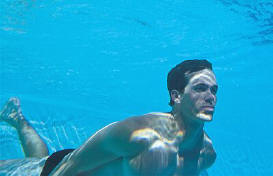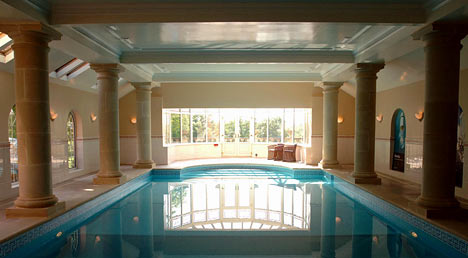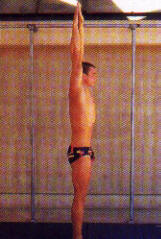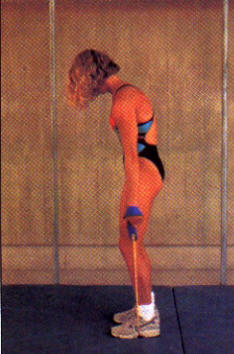If you have ever seen a baby introduced to swimming, then you will know that being in water is natural and instinctive to human beings. However, it’s very easy to become fearful about water, and rightly so. A child can drown in 20 seconds. So making sure that your child can swim is not only crucial to help keep them safe, but is something you can have fun with. So read on to find out how to build confidence in your child, to prepare them for lessons with a qualified instructor.
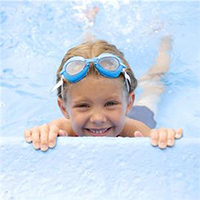
The Correct Age for Swimming Lessons
Most babies will take to water very easily, and have a natural reflex to hold their breath under water before around six months. To actually introduce your child to formal lessons or teach swimming strokes, however, your child will need to be at least three years old.
First Steps for Children
To prepare your child for lessons and help them feel comfortable in the water, the main thing to do initially is to get your child used to the water. Never just take your child to a pool, take them out of their depth, let go and tell them to swim. Your child will not only panic, but be in danger.
You can try these simple techniques to help them feel happy in the pool:
- Hold securely onto your child and glide them through the water
- Play a splashing game – so they get used to water on their face and in their eyes
- Practice blowing bubbles in the water, this will teach them importance of not breathing water in, and encourage them to move onto the next step of putting their face in the water.
- Once they are happy to put their face in the water, you can encourage them to open their eyes. If it stings and they don’t like it, then add goggles to their swimming kit. Helping your child to feel happy with water on their face is a crucial part of taking the fear out of swimming.
- Sit on the side with your child and show them how to move their legs in the water pointing their toes.
- Never force your child to go further than they want to. Always make it fun, be positive and stay patient. Not all children adapt to water at the same pace…some are true water babies whilst others will struggle.
- Always praise your child for their achievements in the pool.
Choosing Swimming Lessons
Once your child is happy to be in the water, then you can research swimming lessons.
You should always feel happy about the instruction your child receives, so always ask these questions first.
- Will the instructor be in the pool with the children?
- How many children are in the group? More than ten children to one instructor isn’t advisable.
- Is my child assessed first?
- Is the instructor qualified to ASA/UKCC Level 2 and CRB checked? They should also hold a current Lifesavers National Pool Lifeguard qualification/equivalent rescue qualification.
If you’re unsure, check with ASA, who regulate swimming tutors for more advice.

